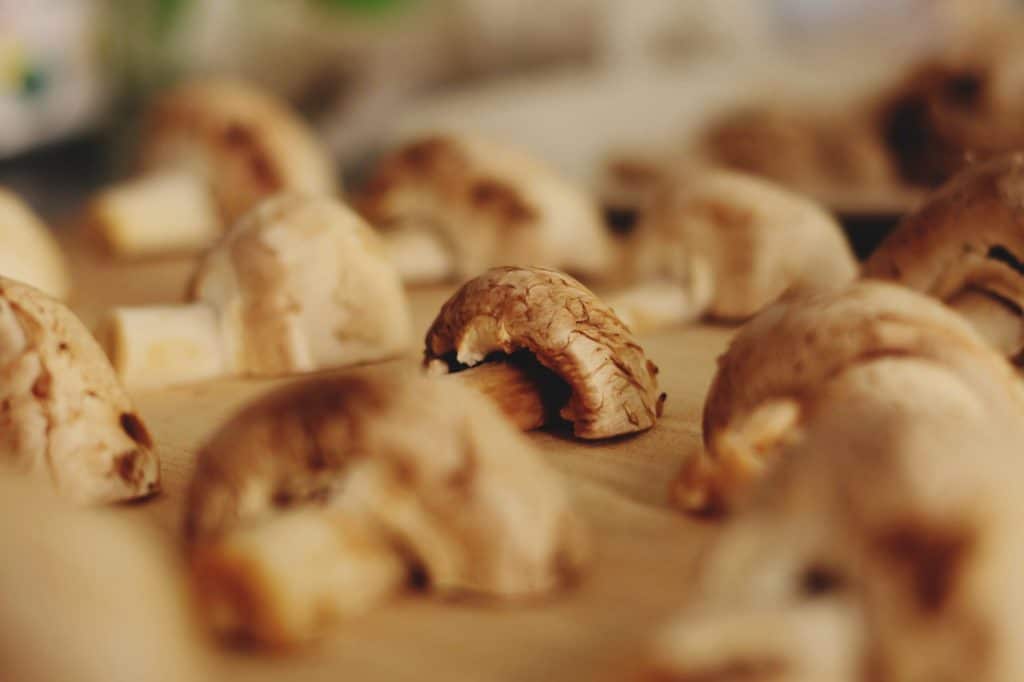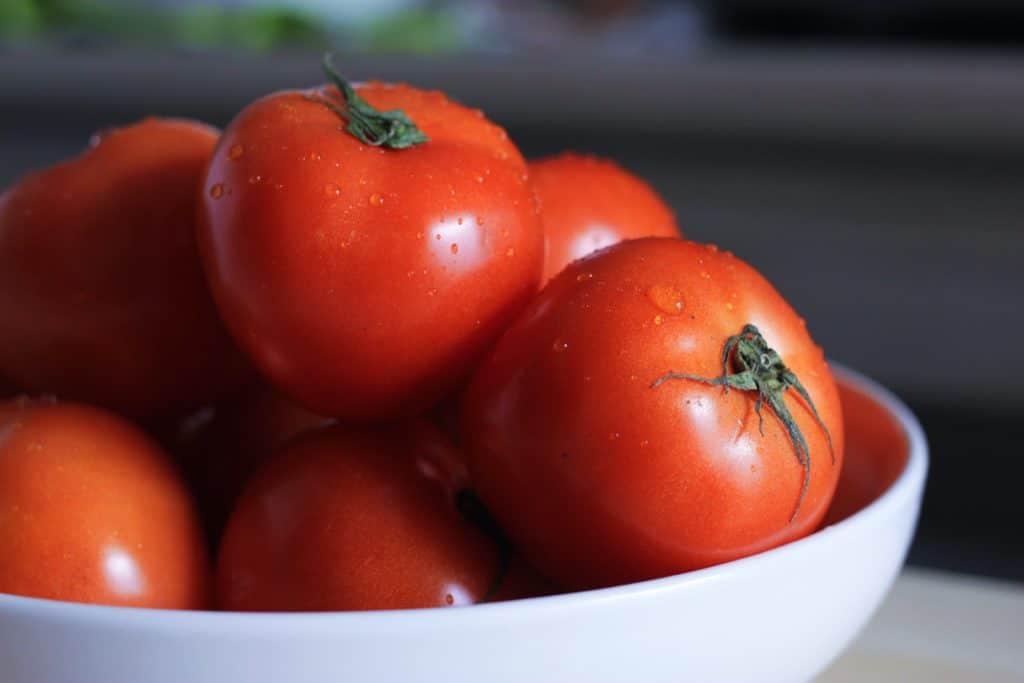At Sol’s Foods, we are understandably obsessed with flavours and combinations on a daily basis, it’s what we do behind the scenes and what guides our culinary adventures, always and forever.
The concept of “umami” has become accepted into the mainstream food channels but is it properly and truly understood? Here’s our take on a phrase that translates to “mouthfulness”.
Let’s dig deeper.

Sol’s Foods Umami crashcourse
- Umami: Introduction and brief history
- What does Umami actually taste like?
- A brief Umami science lesson
- Classic Umami-flavoured foods
- Four tasty Umami facts
- Healthy foods packed with Umami flavour
- Sol’s Foods Umami madness
Umami: Introduction and brief history
The Japanese word translates to “pleasant, savoury taste” or “mouthfulness” and lives alongside the first four conventional tastes, namely sweet, salty, bitter and sour. Umami, the supposed fifth basic taste, exists in many everyday foods and you can find it anywhere.
The “basic tastes” are so-called because they’re essentially independent of one another in the sense that a taste cannot be made sweet by mixing together salty, sour or bitter tastes. Like primary colours, basic tastes are foundational. But that’s where the primary colours analogy ends, because unlike in primary colour theory where green = yellow + blue; sweet + salty doesn’t yield a definite and specific third taste.
What does umami actually taste like?
The theory that there are four basic tastes (sweet, sour, salty, bitter) has been debunked because of the fact that Umami has joined this new party of five. Umami is distinctly savoury though, so these flavours will always react with the corresponding taste bud which is, in turn, linked to the same neurotransmitters in a human brain, which ultimately perceives that taste to be savoury. Whether or not somebody actually LIKES umami flavours boils down to personal and subjective taste.
There is a consensus that Umami is a meaty, intense flavour that resides in seared beef, soy sauce, ripe tomatoes, parmesan cheese, anchovies and earthy mushrooms, and most who describe it do so by deeming it as moreish and addictive, or something that they crave or yearn for on occasion.

A brief Umami science lesson
The core of the umami flavour comes from two non-essential amino acids: aspartic acids and glutamic acids, or glutamates. Aspartic acid occurs naturally in vegetables like asparagus, while glutamates are found in many ingredients including ripe tomatoes, cured meats, aged cheeses, soy sauce and kelp. The most commonly-known glutamate is monosodium glutamate (MSG). Just think about a mouthful of NikNaks and why they’re so deliciously moreish. MSG is your answer.
Classic Umami-flavoured foods
Many foods contain the distinctively subtle Umami flavour. There are high concentrations of it in many types of cheese, especially parmesan. It’s found in meat (most notably seafood) and mushrooms and there are very high levels of Umami in tomatoes. Incredibly, tomatoes are also distinctively sweet things, which goes to show how subtle the influence of Umami can be. Some less famous examples could include a hearty beef broth/stock or Bovril on a slice of toast. Even corn, green peas and garlic have hints of it.
Four tasty Umami facts
Here are some great facts via ajinomoto.com:
- Umami was officially classified and given a name in 1908 in Japan. It was first identified by Japanese scientist Dr Kikunae Ikeda. While enjoying a bowl of kelp broth called kombu dashi, he noticed that the savoury flavour was distinct from the four basic tastes of sweet, sour, bitter, and salty. He named this additional taste “umami,” which literally means “essence of deliciousness” in Japanese. Dr Ikeda eventually found the taste of umami was attributed to glutamate.
- Umami is found in everyday food. It’s the taste of glutamate, an amino acid that is one of the building blocks of protein. Glutamate occurs naturally in the human body and in many delicious foods we eat daily, including aged cheeses, cured meats, tomatoes, mushrooms, salmon, steak, anchovies and even green tea.
- Umami has three distinct properties: Taste spreads across the tongue, it lasts longer than the other basic tastes, and it provides a mouthwatering sensation. Activation of Umami taste receptors in the mouth are key in facilitating activation of the mucous glands in the mouth, which in turn plays an integral role in the initial stages of digestion in the alimentary canal.
- Umami is easy to achieve. We often add Umami elements to our food. Cooking with ingredients rich in glutamate will round out the flavors in any dish so make sure that your pantry is stocked with ketchup, miso, truffle oil and soy sauce. Proteins (pork, beef, fish, shellfish) provide strong Umami foundations, as do vegetables like tomatoes, mushrooms, and seaweeds.
- Meat and most seafood do not actually contain glutamate, it is through fermentation and cooking (Maillard reaction) or ageing/curing that these crucial glutamates develop. If you ate a raw chicken breast – how different the flavour profile is from cooked is directly related to this.

Healthy foods packed with Umami flavour
Umami not only boosts the flavour of dishes but can also help to curb your appetite. Here are five such types of foods and their benefits.
- Seaweeds are ultra-low in calories but packed with nutrients and antioxidants. Kombu and nori are high in the umami compound glutamate and that makes them popular in Jpanese cuisine as they enhance broths and sauces.
- Soy-based foods are naturally high in the Umami compound glutamate. Fermented soy-based foods are especially high, as fermentation can break down proteins into free amino acids, such as glutamic acid. Examples include tempeh, tofu, miso and soy sauce.
- Cheeses that have been aged longer have a stronger Umami taste, as they go through more proteolysis — a process that breaks down protein into free amino acids, such as glutamic acid.
- Kimchi has been linked to health benefits such as improved digestion and lower blood cholesterol levels.
- Shellfish are high in glutamate and — especially — inosinate, another Umami compound present mainly in animal products. Glutamate and inosinate have a synergistic effect on each other, boosting the overall Umami flavor of food, making it popular with chefs.
- Fermanted foods like soy, kimchi, sauerkraut, cured meat, miso, soybean paste and fermented dish are all rich sources of Umami goodness.

Sol’s Foods Umami madness
So, which of the foods we love and stock are packed with an Umami punch? Slow-roasted tomato is an obvious example, but you can also get huge Umami properties from regal, mature cheddar as well as the following delicious products in Sol’s range:
- Black winged stilt
- Red onion, cabbage & wine relish
- Apple & mustard jam
- Finochionna salami

This short but extensive and varied list of products is proof that Umami flavours are everywhere, you just need to be a little bit adventurous and you’ll find them. What’s your go-to snack when you need a little savoury kick?


One thought on “Umami: What does it actually mean?”